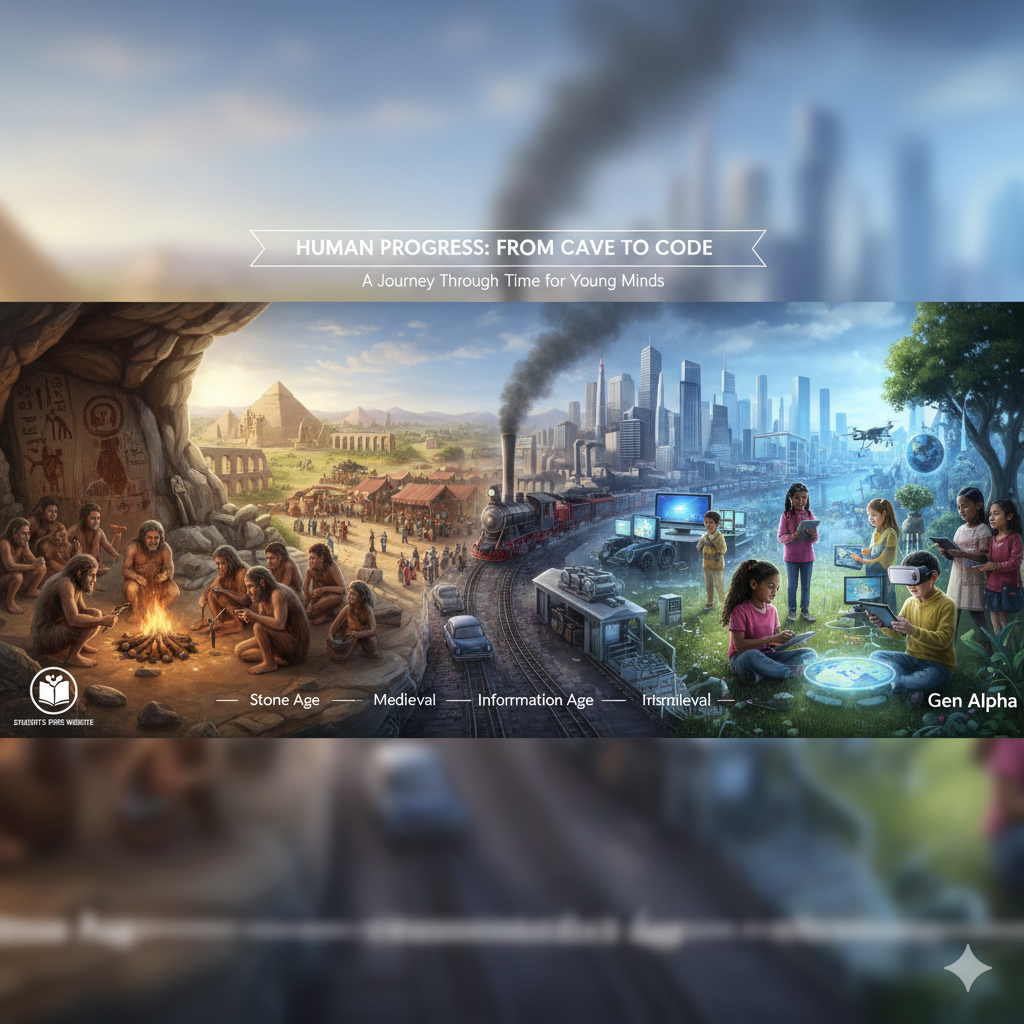History

History is a vast, dynamic field that chronicles humanity’s journey from prehistoric times to the present, traditionally divided into ancient, medieval, modern, and contemporary periods. These classifications highlight key eras, yet history flows seamlessly, capturing the trials, triumphs, and cultural evolution of human civilization. Beyond recounting the actions of leaders and authorities, history delves into the lives and practices of ordinary people, revealing a richer tapestry of societal development.
Indian students explore not only the history of India but also global narratives, studying the Histories of Europe, Asia, and the Americas, which have profoundly shaped the modern world. The growing prominence of “cultural history” has further enriched the academic syllabus in universities, marking a shift toward a more inclusive understanding of the past.
At ‘studentsfree.in,’ we strive to support students by offering well-curated resources that align with their curriculum, helping them explore history with clarity and depth.
